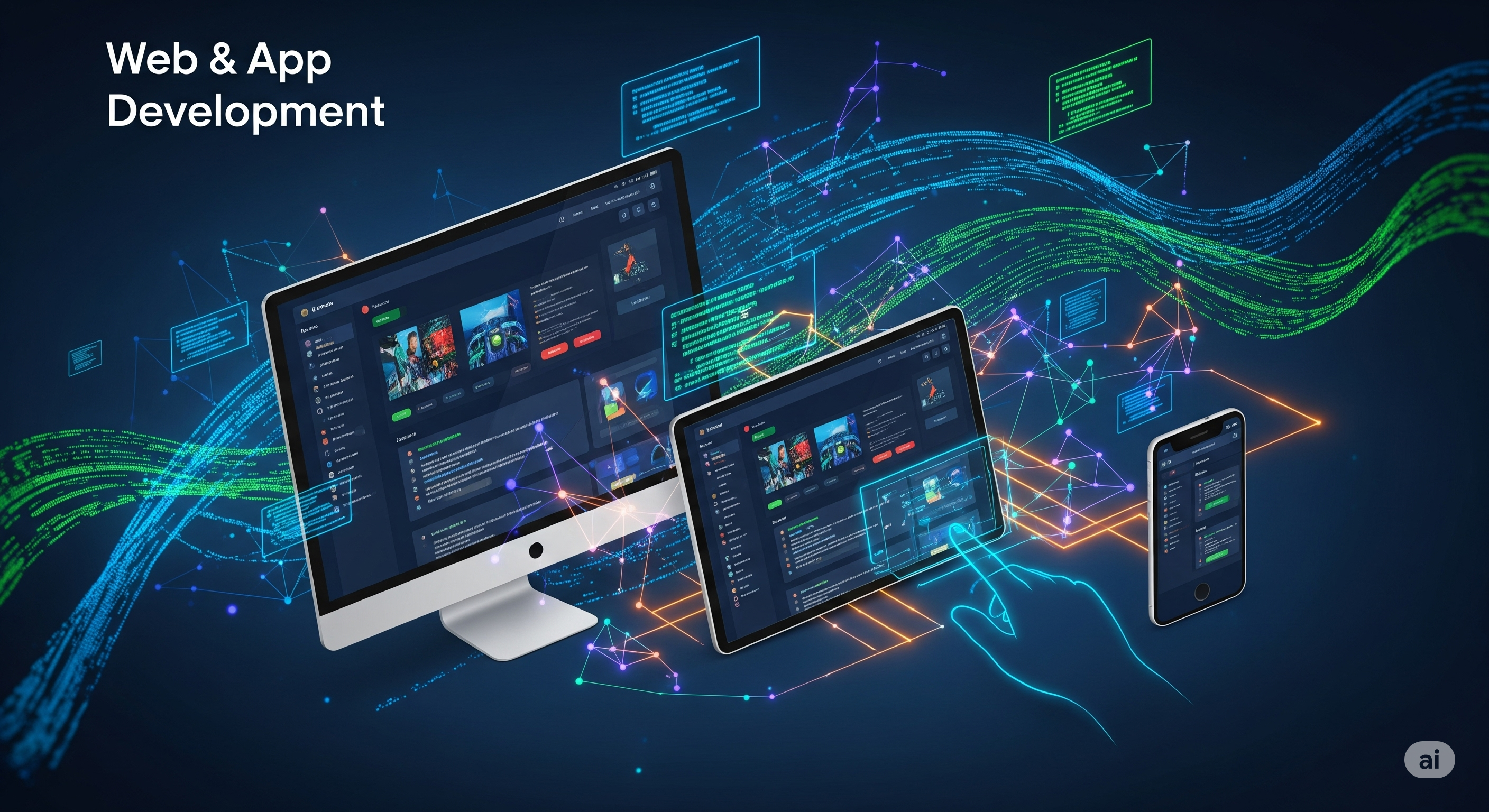1. The Rise of Serverless Architecture: Goodbye Servers, Hello Scalability
Serverless computing has exploded in popularity, offering a compelling alternative to traditional server management. Instead of provisioning and managing servers, developers focus solely on writing code. Cloud providers like AWS, Google Cloud, and Azure handle the infrastructure, automatically scaling resources based on demand. This translates to significant cost savings, improved scalability, and reduced operational overhead.
The shift towards serverless isn't just a trend; it's a fundamental change in how backend systems are designed and deployed. Frameworks like AWS Lambda and Google Cloud Functions are making it easier than ever to build and deploy serverless applications, fueling the adoption of this revolutionary approach.
2. GraphQL: Querying Data with Precision and Efficiency
REST APIs have been the backbone of backend development for years, but GraphQL is emerging as a powerful alternative. Instead of returning fixed data structures, GraphQL allows clients to request precisely the data they need, reducing over-fetching and improving performance. This translates to faster loading times, less bandwidth consumption, and a more efficient overall system.
GraphQL's schema-driven approach enhances the developer experience by providing clear documentation and strong type safety. It's gaining traction across various industries, especially those dealing with complex data models and demanding performance requirements.
3. The Continued Dominance of Microservices: Decoupling for Enhanced Agility
The microservices architecture, breaking down large applications into smaller, independent services, continues to prove its worth. This approach allows for greater agility, independent scaling, and easier maintenance. Teams can work on individual services concurrently, accelerating development and deployment cycles.
While implementing microservices comes with its own set of challenges, such as increased complexity and inter-service communication management, the benefits in terms of scalability, maintainability, and resilience outweigh the drawbacks for many organizations. Tools like Kubernetes and Docker are instrumental in managing and orchestrating microservices effectively.
4. AI and Machine Learning Integration: Intelligent Backend Systems
Artificial intelligence and machine learning are no longer niche technologies; they are becoming integral parts of backend systems. AI-powered features are enhancing various applications, from personalized recommendations and fraud detection to automated task management and predictive analytics.
Integrating AI and ML into the backend requires expertise in both machine learning algorithms and backend development practices. However, the potential rewards—in terms of enhanced user experience, improved efficiency, and data-driven insights—are significant and are rapidly driving adoption.
5. The Importance of Security: Protecting Your Backend from Threats
With increasing cyber threats, backend security is more crucial than ever. Developers must prioritize security best practices, implementing robust authentication and authorization mechanisms, protecting sensitive data, and regularly conducting security audits. Technologies like OAuth 2.0, JWT (JSON Web Tokens), and secure coding practices are becoming essential components of modern backend development.
Ignoring security can have devastating consequences, leading to data breaches, financial losses, and reputational damage. Investing in robust security measures is not an optional extra; it's a fundamental requirement for building reliable and trustworthy backend systems.
Conclusion: Embracing the Future of Backend Development
The backend development landscape is dynamic and exciting. By understanding and embracing these key trends—serverless architecture, GraphQL, microservices, AI/ML integration, and robust security—developers can position themselves for success in this rapidly evolving field. The future of backend development is bright, but it requires continuous learning and adaptation.
What are your thoughts on these trends? Which one are you most excited about? Share your insights and predictions in the comments below! Let's discuss the future of backend development together. Don't forget to share this article with fellow developers to keep them up-to-date with the latest innovations!

